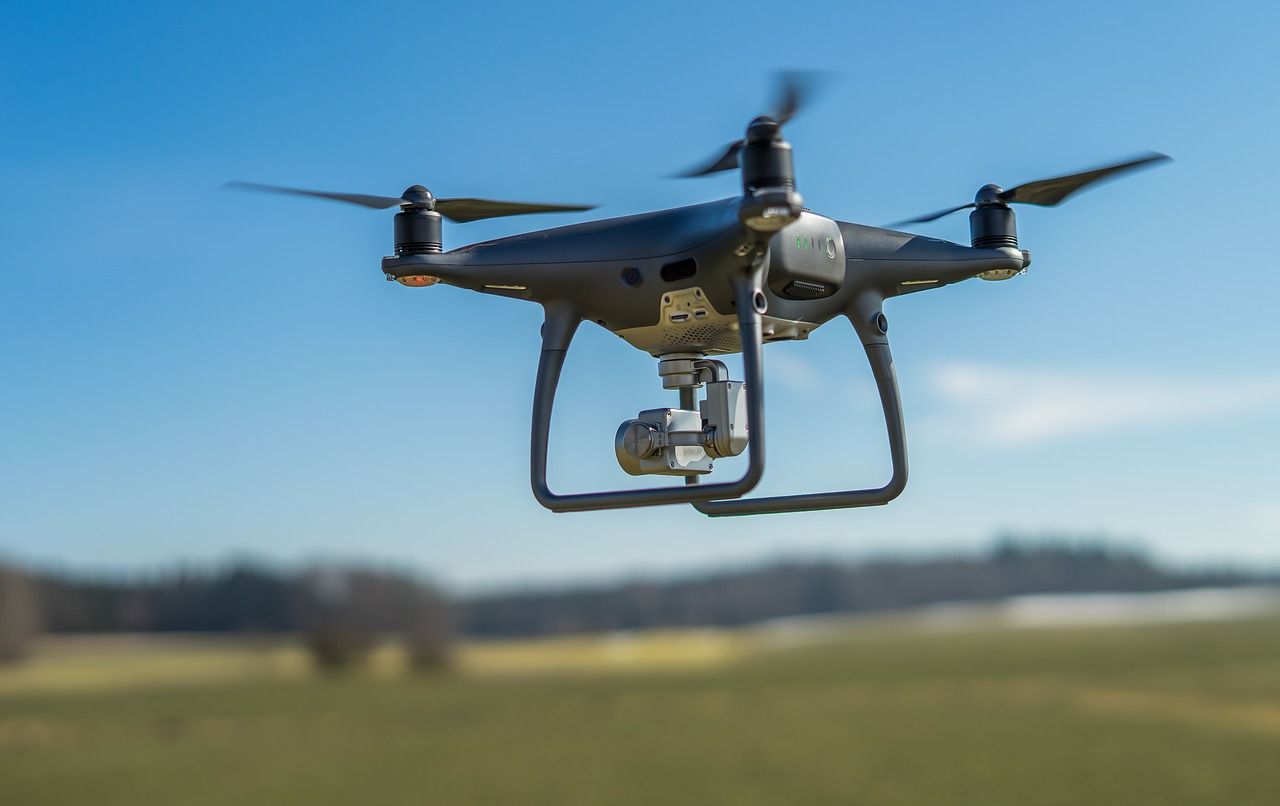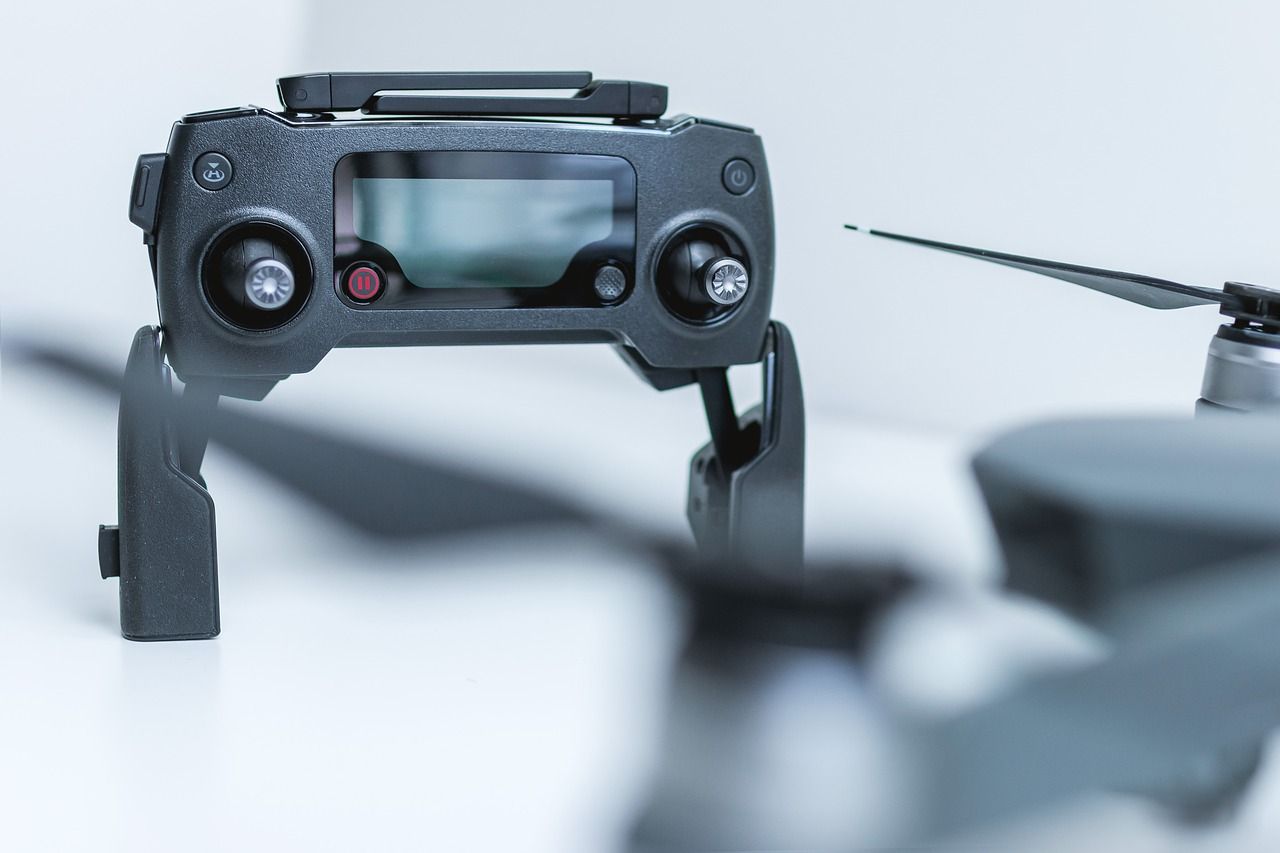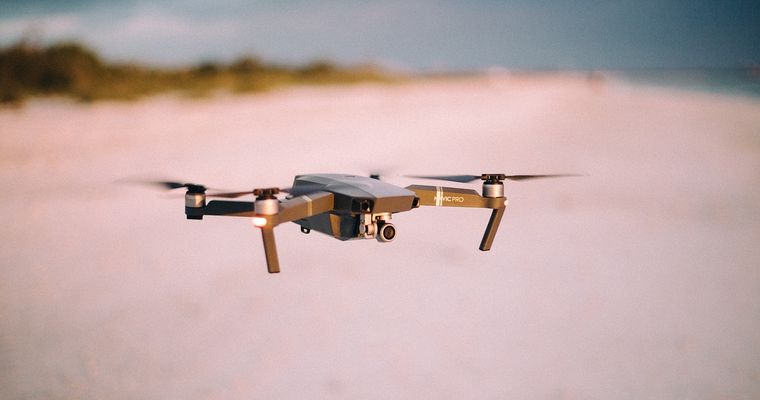Whether they're swooping in to deliver packages or spotting victims in disaster zones, swarms of flying robots could have a range of important applications in the future, a new study found.
The robots can transition from driving to flying without colliding with each other and could offer benefits beyond the traditional flying-car concepts of sci-fi lore, the study said.

The ability to both fly and walk is common in nature. For instance, many birds, insects and other animals can do both.
Robots with similar versatility
Robots with similar versatility could fly over impediments on the ground or drive under overhead obstacles.
But currently, robots that are good at one mode of transportation are usually bad at others, study lead author Brandon Araki, a roboticist at the Massachusetts Institute of Technology's Computer Science and Artificial Intelligence Laboratory, and his colleagues said in their new study.
The roboticists developed algorithms
The roboticists developed algorithms that ensured the robots did not collide with one another.
In tests in a miniature town made using everyday materials such as pieces of fabric for roads and cardboard boxes for buildings, all drones successfully navigated from a starting point to an ending point on collision-free paths.

Adding the driving apparatus to each drone added weight and so slightly reduced battery life, decreasing the maximum distances the drones could fly by about 14 percent, the researchers said.
Still, the scientists noted that driving remained more efficient than flying, offsetting the relatively small loss in efficiency in flying due to the added weight.


Comments